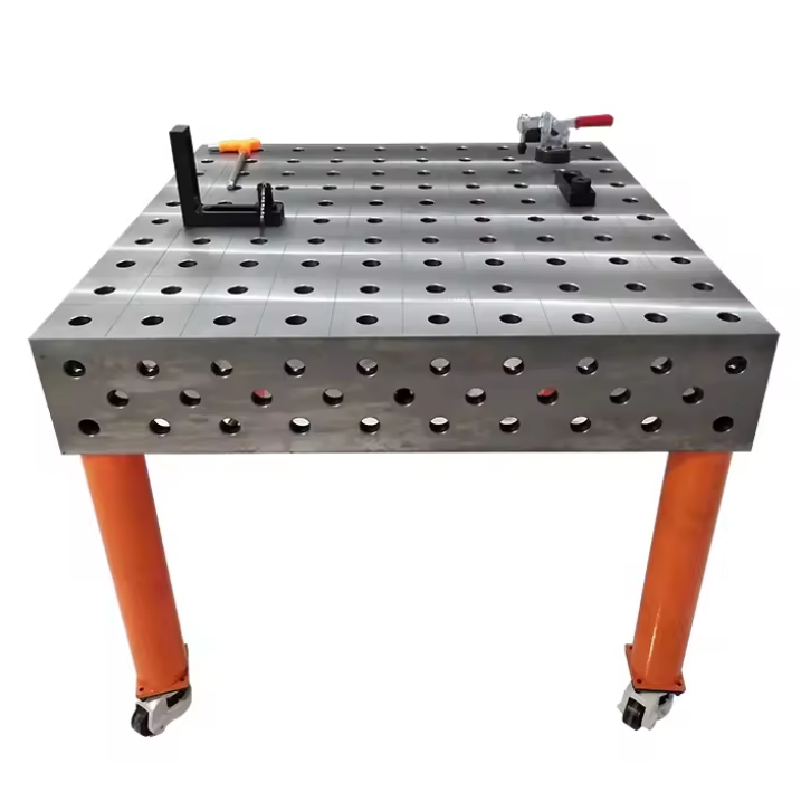നവം . 15, 2024 06:20 Back to list
piston lift check valve
Understanding Piston Lift Check Valves
Piston lift check valves play a crucial role in various fluid transport systems, particularly in applications where backflow prevention is essential. These valves ensure that the flow of fluid moves in one direction, preventing any reverse flow that could lead to potential system inefficiencies, contamination, or equipment damage.
How Piston Lift Check Valves Work
A piston lift check valve primarily consists of a valve body, a piston, and a spring mechanism. The valve operates based on the pressure differential between the inlet and outlet. When the fluid flows in the intended direction, the pressure pushes the piston upwards, allowing the fluid to pass through the valve. Conversely, when the flow ceases or attempts to reverse, the spring pushes the piston back down, sealing the inlet and preventing backflow.
This design is particularly advantageous in systems that experience varying pressure levels. The piston can quickly respond to changes, making it more effective than some other types of check valves, such as swing check valves, which may be slower to react. The result is a reliable and efficient flow management solution that reduces the risk of backflow incidents.
Applications of Piston Lift Check Valves
Piston lift check valves are widely used in many industries, including
1. Water and Wastewater Management In municipal water systems, these valves help maintain the integrity of the supply lines, preventing backflow that could introduce contaminants into the system. In wastewater treatment, they ensure that treated water moves in the correct direction without re-entering the treatment processes.
piston lift check valve

2. Oil and Gas In pipelines transporting crude oil or natural gas, piston lift check valves prevent backflow that could compromise the system's safety and efficiency. They are vital components in pressure relief systems, ensuring that hazardous fluids do not flow back into equipment or storage areas.
3. Industrial Processes Many manufacturing processes require precise fluid control. Piston lift check valves provide the reliability needed in operations like chemical processing, where backflow can be particularly detrimental to both product quality and safety.
4. HVAC Systems In heating, ventilation, and air conditioning systems, these valves help regulate fluid flow and maintain system pressure, contributing to energy efficiency and overall system longevity.
Advantages of Piston Lift Check Valves
One of the main advantages of piston lift check valves is their reliable sealing capability. Unlike traditional check valves, which may be susceptible to wear and tear over time, piston lift check valves maintain their sealing integrity due to their robust design. This durability translates into reduced maintenance needs and lower long-term operational costs.
Moreover, these valves offer minimal pressure drop due to their streamlined design, ensuring efficient fluid flow in the system. The quick response to changes in fluid dynamics further enhances their efficiency, making them ideal for dynamic applications where pressure can fluctuate rapidly.
Conclusion
In conclusion, piston lift check valves are essential components in modern fluid handling systems, offering reliable backflow prevention and efficient flow management. Their unique design provides advantages across various industries, making them indispensable in applications ranging from water treatment to oil and gas transport. As technology continues to advance, the efficiency and reliability of these valves are likely to improve, further solidifying their role in ensuring seamless fluid operations worldwide.
-
Why Metric Trapezoidal Thread is Ideal for Precision Motion ControlNewsAug.05,2025
-
The Unique Properties of a Block of Granite for Industrial UseNewsAug.05,2025
-
The Role of Flanged Y Strainers in Preventing Pipeline ClogsNewsAug.05,2025
-
The Importance of Regular Calibration for Master Ring GagesNewsAug.05,2025
-
How a Cast Iron Surface Table Enhances Accuracy in ManufacturingNewsAug.05,2025
-
Comparing Different Check Valve Types for Optimal Flow ControlNewsAug.05,2025
Related PRODUCTS









